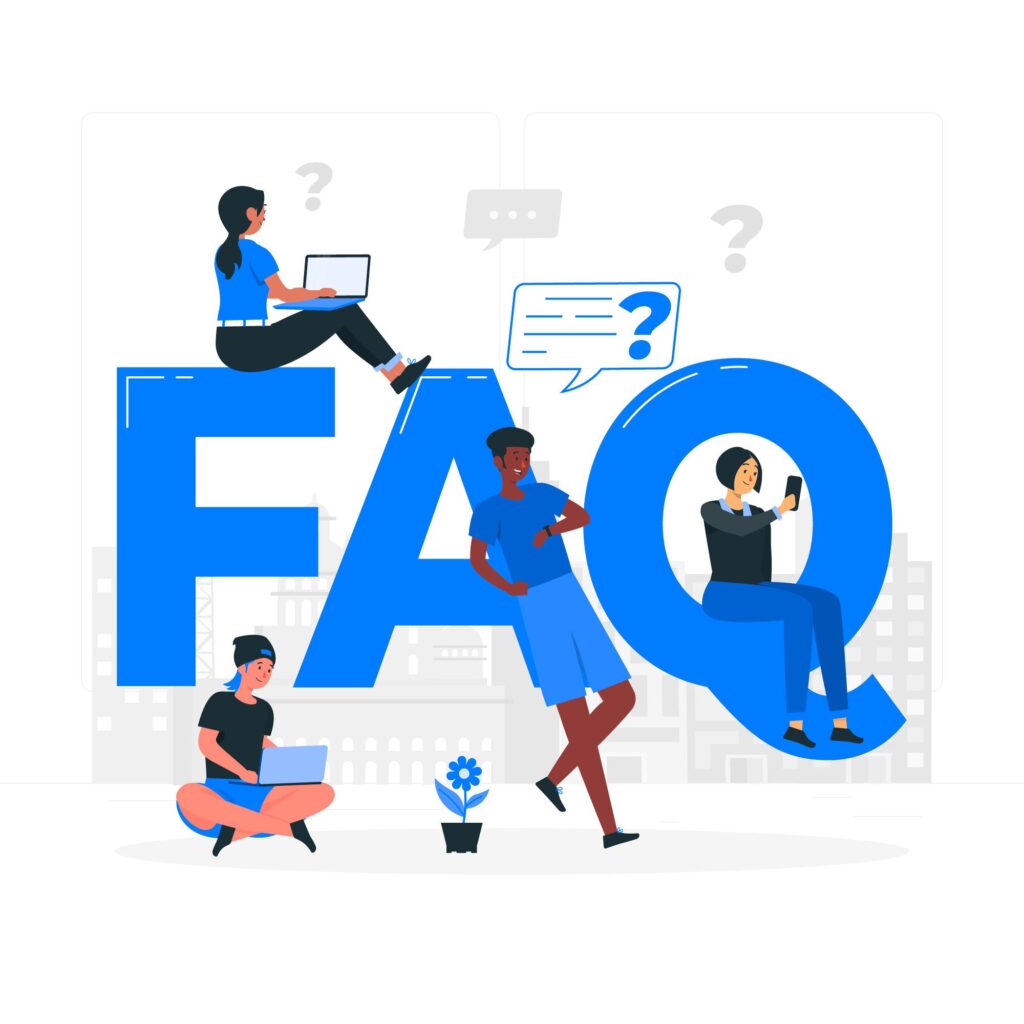Table of contents
In today’s digital world, artificial intelligence (AI) is transforming how we communicate, search, and even think. One of the most fascinating and rapidly growing branches of AI is Natural Language Processing (NLP). NLP enables machines to understand, interpret, and generate human language in a way that feels surprisingly natural.
From voice assistants like Siri and Alexa to chatbots and real-time language translation tools, Natural Language Processing powers many of the technologies we rely on every day. This article dives deep into what NLP is, how it works, and why it’s revolutionizing the way humans interact with machines.
What Is Natural Language Processing?
Natural Language Processing is a field of artificial intelligence that focuses on the interaction between computers and human language. It combines computational linguistics, computer science, and machine learning to analyze and synthesize natural language.
The goal? To allow machines to read, understand, and respond to text or speech in a way that is both meaningful and contextually relevant.
How NLP Works: The Basics
Understanding natural language is incredibly complex—even for humans! Consider things like slang, sarcasm, context, grammar, tone, and cultural differences. NLP systems attempt to decode all these nuances through several key processes:
1. Tokenization
Breaking down text into individual elements like words or phrases (tokens).
2. Part-of-Speech Tagging
Identifying the grammatical role of each word (e.g., noun, verb, adjective).
3. Named Entity Recognition (NER)
Detecting proper nouns such as names of people, organizations, or locations.
4. Parsing
Analyzing the grammatical structure of sentences.
5. Sentiment Analysis
Determining the emotion or tone behind a piece of text.
6. Machine Translation
Converting text from one language to another in real time.
These capabilities are made possible by training large-scale machine learning models on massive datasets that contain diverse human language patterns.
Real-World Applications of Natural Language Processing
The influence of Natural Language Processing is all around us. Here are some real-life applications:
- Voice Assistants: NLP helps Siri, Alexa, and Google Assistant understand voice commands and respond accurately.
- Search Engines: Google uses NLP to refine search queries and deliver relevant results.
- Chatbots and Customer Support: AI-powered bots handle queries with speed and accuracy using NLP.
- Language Translation: Tools like Google Translate rely on NLP for accurate, context-aware translations.
- Healthcare: NLP extracts meaningful information from clinical notes for faster diagnosis and research.
Challenges in NLP
Despite incredible progress, NLP still faces several challenges:
- Ambiguity: Words often have multiple meanings, and determining the right one requires context.
- Cultural Nuance: Language reflects culture, making global NLP systems difficult to standardize.
- Sarcasm and Irony: These can easily confuse even the most advanced algorithms.
- Bias in Data: NLP models can inherit and even amplify societal biases present in training data.
Ongoing research is focused on overcoming these obstacles to make AI language systems even more accurate and inclusive.
The Future of NLP
With the rise of large language models like GPT-4 and beyond, the potential of Natural Language Processing is virtually limitless. We can expect more personalized virtual assistants, real-time multilingual communication, smarter content creation tools, and even AI systems capable of emotional intelligence.
Moreover, as these tools become more democratized, businesses of all sizes will benefit from improved communication, efficiency, and customer engagement.
Frequently Asked Questions (FAQs)

NLP is used in applications such as voice recognition, chatbots, language translation, text summarization, sentiment analysis, and more.
NLP is a subset of AI focused specifically on enabling machines to understand and interact using human language.
Yes, modern NLP models are trained on multilingual datasets and can translate or understand several languages with high accuracy.
By powering chatbots and voice assistants, NLP automates support tasks, provides instant responses, and ensures 24/7 availability.
Key sectors include healthcare, finance, e-commerce, legal, education, and customer service.
Conclusion
As we continue to integrate AI deeper into our lives, Natural Language Processing plays a critical role in bridging the gap between humans and machines. By enabling computers to “understand” language, NLP is making our devices more intuitive, our businesses more efficient, and our communication more seamless.
Whether you’re talking to a smart assistant, getting product recommendations, or analyzing customer feedback, NLP is working behind the scenes to make that interaction smarter and smoother.





